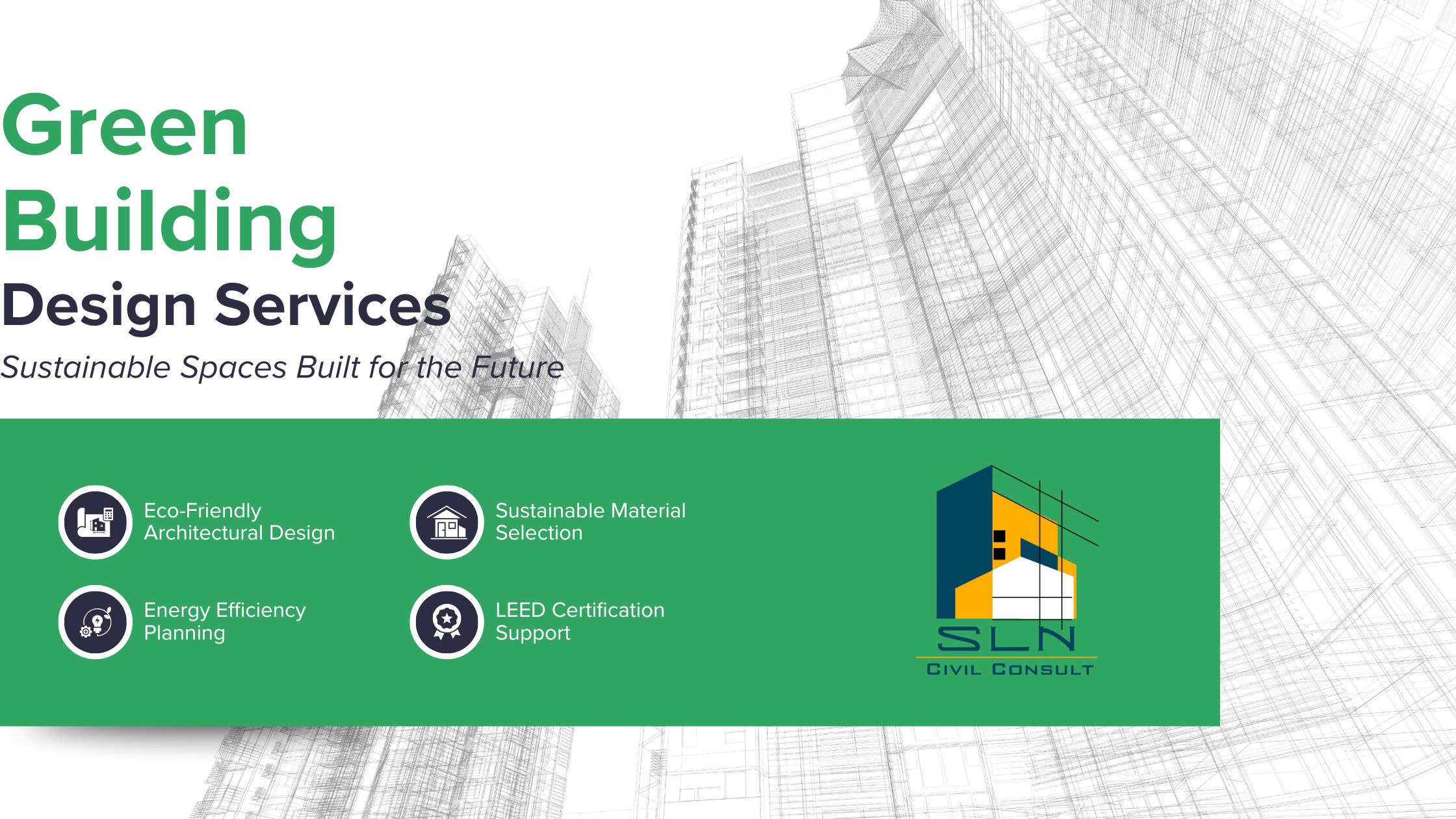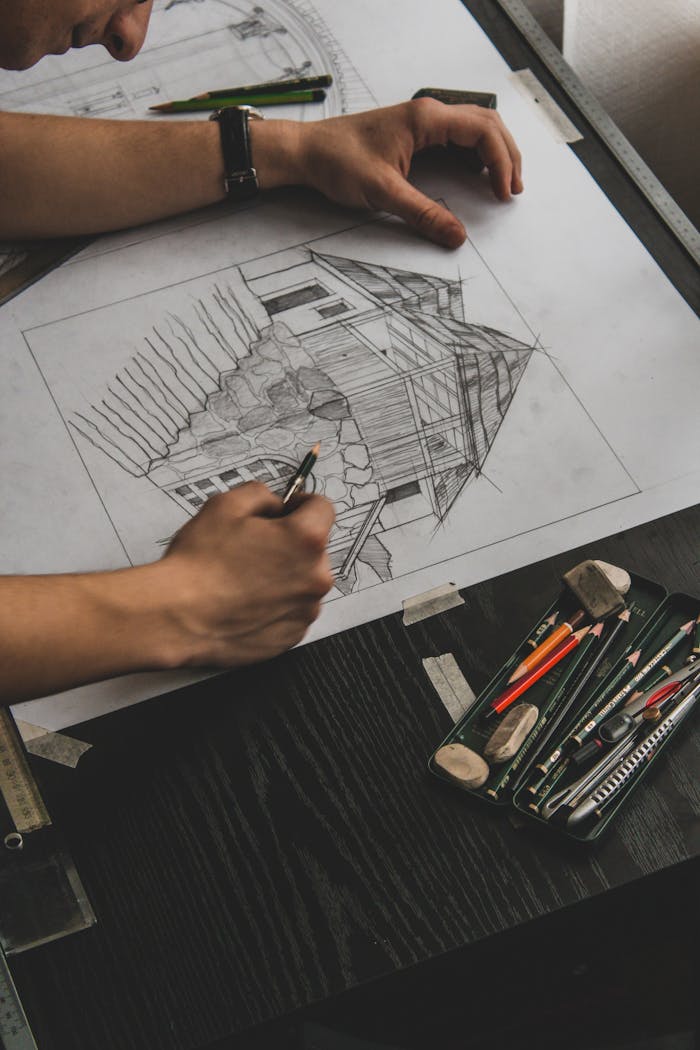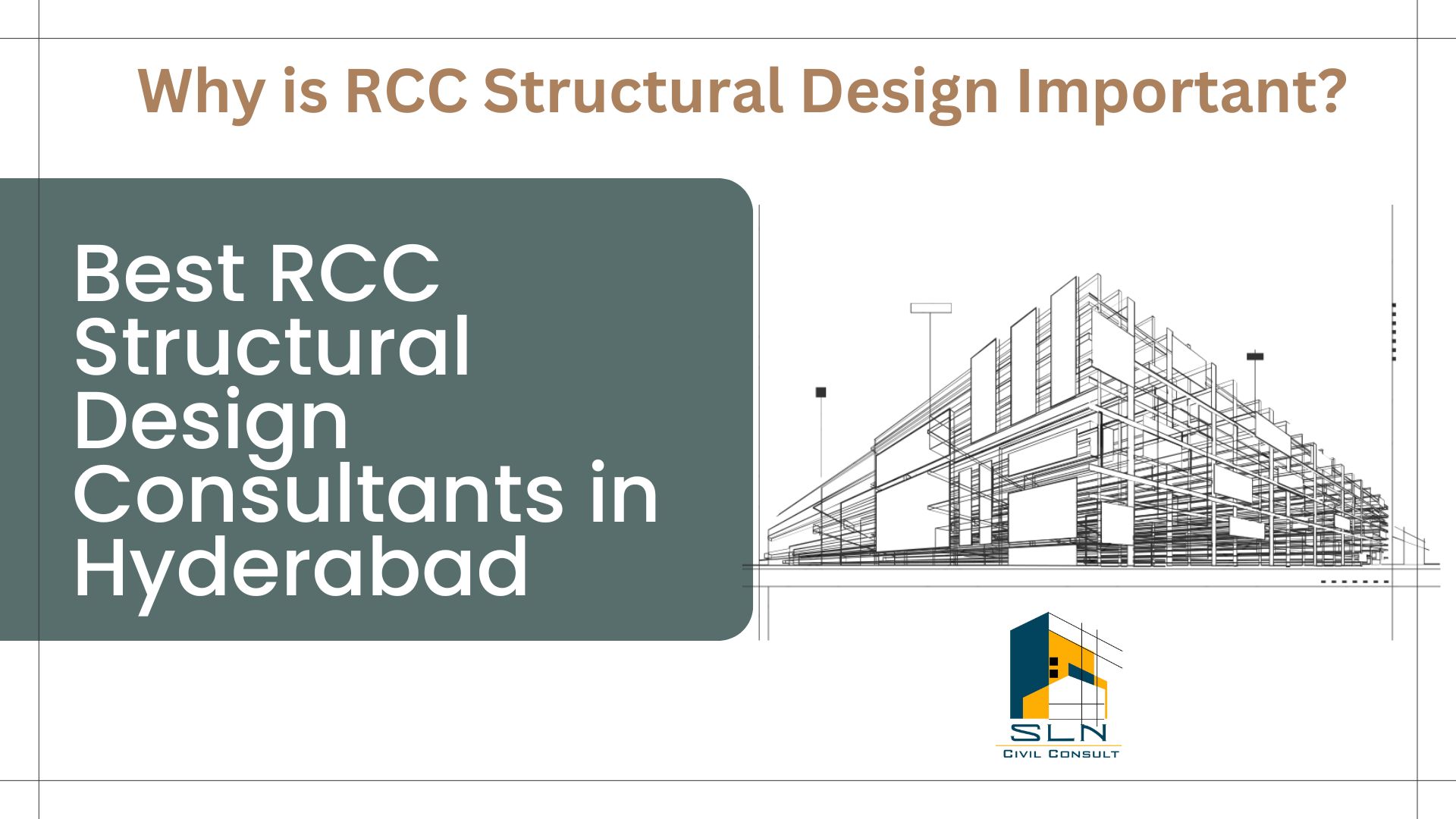With rising environmental concerns and increasing regulatory pressure, sustainable design is no longer optional — it’s expected. One of the most prestigious and globally accepted green building standards is LEED (Leadership in Energy and Environmental Design). Developed by the U.S. Green Building Council (USGBC) and administered in India by GBCI India, LEED is a powerful tool for architects to design buildings that are resource-efficient, healthier, and future-ready.
In this comprehensive guide, we unpack what LEED building design means, how architects in India can integrate it, and what it takes to get LEED certification for new and existing projects.
What is LEED?
LEED is a third-party green building certification system that provides a framework for healthy, highly efficient, and cost-saving green buildings. It is used globally across 180+ countries, and increasingly in India for commercial towers, IT parks, schools, hospitals, and high-rise residential buildings.
“LEED is not just about reducing carbon. It’s about designing buildings that positively impact people, planet, and performance.”
Types of LEED Rating Systems
LEED is structured into different rating systems depending on the building type and stage of life cycle.
Main Rating Systems:
| Rating System | Description | Best For |
|---|---|---|
| LEED BD+C | Building Design + Construction | New commercial, residential, schools |
| LEED ID+C | Interior Design + Construction | Office fit-outs, tenant improvements |
| LEED O+M | Operations + Maintenance | Existing buildings |
| LEED Homes | Single-family and multifamily residential | Villas, apartments |
| LEED for Cities | Planning tools for cities and large communities | Smart cities, large townships |
For architects working on new buildings in India, LEED BD+C is the most relevant.
LEED Certification Levels
Points are awarded across 8 categories. Based on the total, the building qualifies for one of four certification levels.
LEED Points Table:
| Certification Level | Points Required |
| LEED Certified | 40–49 pts |
| LEED Silver | 50–59 pts |
| LEED Gold | 60–79 pts |
| LEED Platinum | 80+ pts |
SLN Civil Consult has assisted clients in securing LEED Gold and Platinum levels through design-focused strategies.
LEED Credit Categories for Architects
Design decisions significantly impact LEED scores. Below is a breakdown of LEED BD+C categories and their focus:
| Category | Architect’s Role |
| Location & Transportation | Site selection, transit connectivity, pedestrian access |
| Sustainable Sites | Landscape planning, stormwater design, open space |
| Water Efficiency | Low-flow fixtures, reuse systems, irrigation reduction |
| Energy & Atmosphere | Building orientation, HVAC design coordination, energy modeling |
| Materials & Resources | Sustainable sourcing, reuse, recycled materials |
| Indoor Environmental Quality | Natural ventilation, daylighting, low-VOC materials |
| Innovation | Innovative design beyond core requirements |
| Regional Priority | Address local environmental priorities (e.g., heat islands) |
LEED vs IGBC: Which to Choose in India?
| Feature | LEED | IGBC (India Green Building Council) |
| Origin | USA (Global Standard) | India-based |
| Global Recognition | Very High | Moderate |
| Project Types | Broad (cities, homes, hospitals, etc.) | Similar, slightly India-focused |
| Certification Body | GBCI | CII (Confederation of Indian Industry) |
| Cost | Higher (Global auditors) | Relatively lower |
Most multinational clients in India prefer LEED due to global benchmarking and brand recognition.
Steps to Achieve LEED Certification
- Pre-Design Planning:
- Site analysis, sun-path study, water & energy simulations
- Design Phase:
- Incorporate LEED-compliant elements (façade, water reuse, daylighting)
- Documentation:
- Upload proof for every credit (drawings, specs, energy model, vendor data)
- Submission to GBCI:
- GBCI reviews documentation and awards points
- Certification Awarded:
- Based on verified points earned
Example: LEED Design Strategy for a High-Rise in Hyderabad
| Design Element | LEED Credit Category | Implementation by Architect |
| Roof-top Solar Panels | Energy & Atmosphere | Positioning + shadow-free roof planning |
| Low-VOC Paint & Adhesives | Indoor Environmental Quality | Material selection and contractor training |
| Bicycle Parking + Showers | Location & Transportation | Basement planning and accessibility |
| Greywater Recycling System | Water Efficiency | Plumbing stack planning with civil team |
| High Performance Glass | Energy & Atmosphere | Façade material specification and orientation |
LEED Design Checklist for Architects
- ✅ Conduct building orientation and wind analysis
- ✅ Reduce glazing on west-facing façades
- ✅ Plan dual plumbing lines for greywater reuse
- ✅ Incorporate external shading + louvers
- ✅ Ensure daylight factor compliance in 75% of occupied spaces
- ✅ Choose FSC-certified wood and non-toxic materials
- ✅ Coordinate MEP for energy modeling (ASHRAE 90.1 compliance)
- ✅ Provide bike racks and EV charging points
- ✅ Integrate rooftop or façade-mounted solar panels
- ✅ Use native plants to reduce water irrigation needs
LEED in the Indian Market: Trends for 2025
- Smart LEED: AI-based energy tracking platforms integrated in design
- LEED for Core & Shell: Builders pre-certify shells, tenants complete interiors
- Net-Zero Buildings: Pushing beyond Platinum to net-zero carbon targets
- Affordable LEED Housing: New policy incentives expected under AMRUT and PMAY
Hyderabad, Bangalore, and Pune are leading LEED adoption in India’s commercial office space.
Why Architects Should Lead the LEED Effort
Architects are central to LEED strategy because 80% of LEED points are design-driven.
At SLN Civil Consult, we:
- Integrate LEED goals in concept stage
- Use BIM to simulate daylight, energy and water use
- Work with MEP consultants and sustainability experts
- Track every credit from Day 1 till final audit
Our Recent LEED Projects:
- IT Tech Park, Hyderabad – LEED Gold
- Mixed-Use High-Rise, Bangalore – Pre-certified Platinum
- School Campus, Pune – LEED BD+C Silver
FAQs
Q1. Is LEED mandatory for buildings in India?
Answer: No, but it is highly recommended for government projects, IT parks, and commercial spaces seeking green recognition.
Q2. How long does it take to get LEED certification?
Answer: Typically 6 to 12 months, depending on documentation quality and project readiness.
Q3. What are the costs involved in LEED certification?
Answer: Registration + review fees (paid to GBCI), plus consultant and modeling costs. Varies based on project size.
Q4. Can a residential apartment building in India get LEED certified?
Answer: Yes, under the LEED for Homes rating system or LEED BD+C if built as a community.
Q5. Does LEED certification expire?
Answer: No, but LEED for Existing Buildings (O+M) needs recertification every 5 years.
Final Word: Build Green, Build Smart
As urban India grows vertically and the climate crisis deepens, architects must take charge of building performance. LEED building design is more than a badge – it’s a mindset shift that brings together design, data, and responsibility.
SLN Civil Consult is proud to support India’s green building revolution with global expertise and local insight.
Get in touch to future-proof your project — one LEED point at a time.



